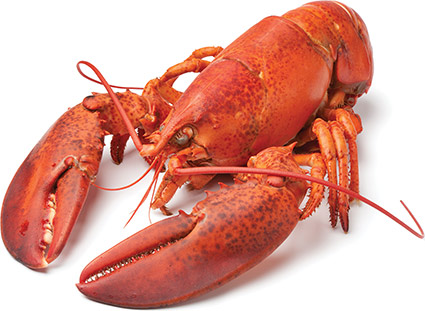
Gout. What a pain in the …toe. If you have ever had an attack, you know just how painful it can be.
It doesn’t seem that your big toe could have such a profound impact on your life, but it does.
Gout is simply an overabundance of uric acid in the digestive system. The uric acid falls out of solution and crystallizes, usually in the tissue or joint. It most often appears in the big toe, but it can manifest in the ankle and other joints with redness, swelling and pain. High purine containing foods are often to blame.
So, what you may ask is purine? According to WebMd, purine is
“One of two chemical compounds that cells use to make the building blocks of DNA and RNA. Examples of purines are adenine and guanine. Purines are also found in meat and meat products. They are broken down by the body to form uric acid, which is passed in the urine.”
Here is the cosmic joke – two essential building block amino acids needed for life also can make life miserable.
There are more jokes. Summer is an especially prime time for gout attacks, given our usual summer diet.
Foods that can contribute to gout are all the things we enjoy at a cookout – red meat, beef, pork, lamb, bacon, game and organ meats. Some seafood you would expect to be a problem, such as scallops, fried clams and other shellfish. Some medical listings say lobster and shrimp are okay, as is crab .Others caution against eating the crustaceans.
Use your best judgment.
Surprisingly cod, mackerel, tuna, trout and haddock are listed as high purine foods, along with anchovies and sardines. But some of these fish contain omega-3 oils which are helpful for gout.
Here is another joke. There are vegetables that are high purine foods. Mushrooms, spinach, peas, cauliflower and good old Hadley grass, or asparagus. Oatmeal comes in the mid range on the purine scale..
I would be remiss in not mentioning beer as a big culprit for purine content. It is too painful to go into any more detail, so let’s just leave it at that.
Adding insult to injury, the nightshade family is high in an alkaloid called solanine, which can really increase the pain and inflammation. This family includes bell peppers, cayenne, tomatoes,.white potatoes and eggplant. Now how in the world can you make a summer salad without tomatoes or peppers,or a steak roast without a baked potato?
As you can see, there are foods in the above categories that are great for heart health, cholesterol control and other conditions, but can have some nasty side effects. The Creator has a strange sense of humor.
Okay, now that I have nearly ruined your cookouts, let me tell you about some herbs and foods that can get you out of trouble.
Lobster, shrimp, crab and salmon are good, generally. Eggs, nuts, seeds, low fat dairy products and low fat yogurt are healthy and safe along with fish or flaxseed oil, which are high in omega-3.
Herbally, white willow bark is used for pain relief. Birch bark, alfalfa, burdock root, gravel root, uva ursi and dandelion leaf help to dissolve the uric acid crystals and flush them from the body.
Black cherries or juice, vitamin C, celery or celery seed can ease the discomfort. Drinking the juice of two lemons in water daily can help as a preventative.
The Herbarium makes an arthritis /gout tea that works very well. My dad used to suffer terribly from the gout, until my wife Kathy gave him some diet advice and the tea. It helped him greatly.
I am a pack rat. I find interesting articles and file them away for future reference. Recently, I came across an article published by the Natural Products Association back in 2006 pertaining to the use of magnesium for asthma in children.
Asthma is quite widespread in our area, especially in children who live in the Valley.
The article reported that supplementation with magnesium reduced the number of asthma attacks and reduced the need for rescue medication. It also showed improvement in lung function, decreased airway hyperactivity and improved allergy symptoms.
The conclusion was that when used in conjunction with a medication for long term asthma control, magnesium supplementation demonstrated a beneficial effect for asthma control.
I have written about the importance of magnesium in a large number of conditions and here is yet another.
I hope this helps.
— Jonathan
Send questions on botanical remedies to: Nature’s RX: Jonathan Evans at herbarium258@gmail.com; or by regular mail to: The Herbarium, 254 Exchange St., Chicopee MA 01013. If requesting information, please include a stamped, self-addressed envelope.